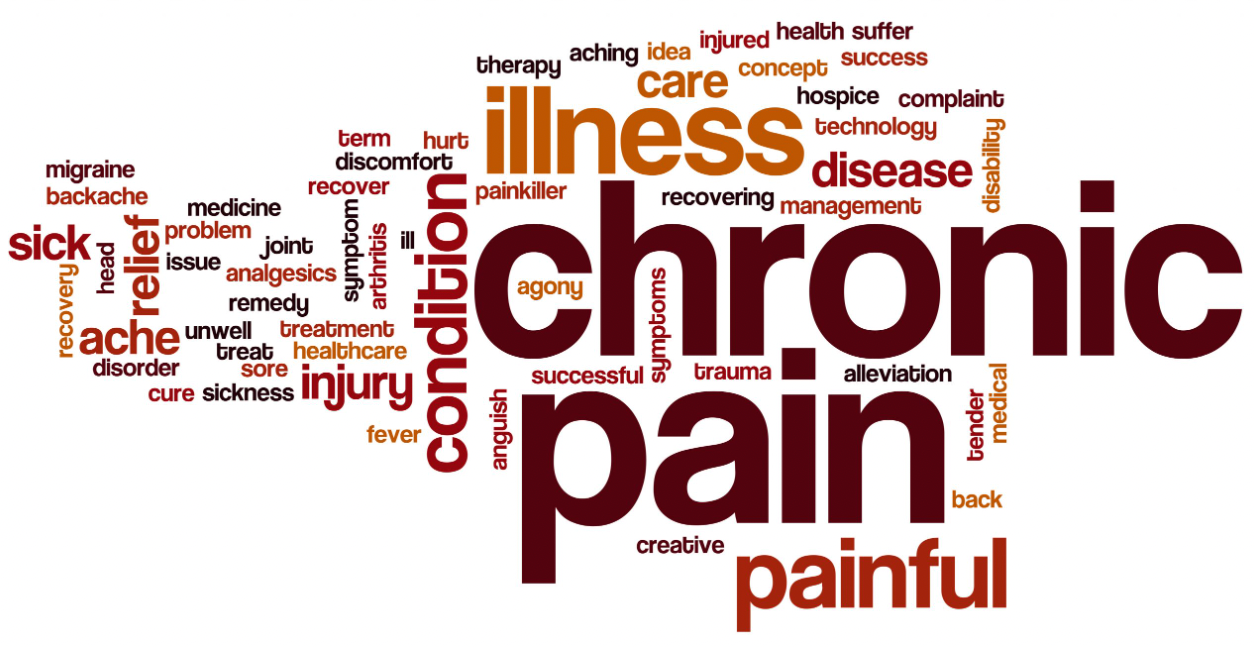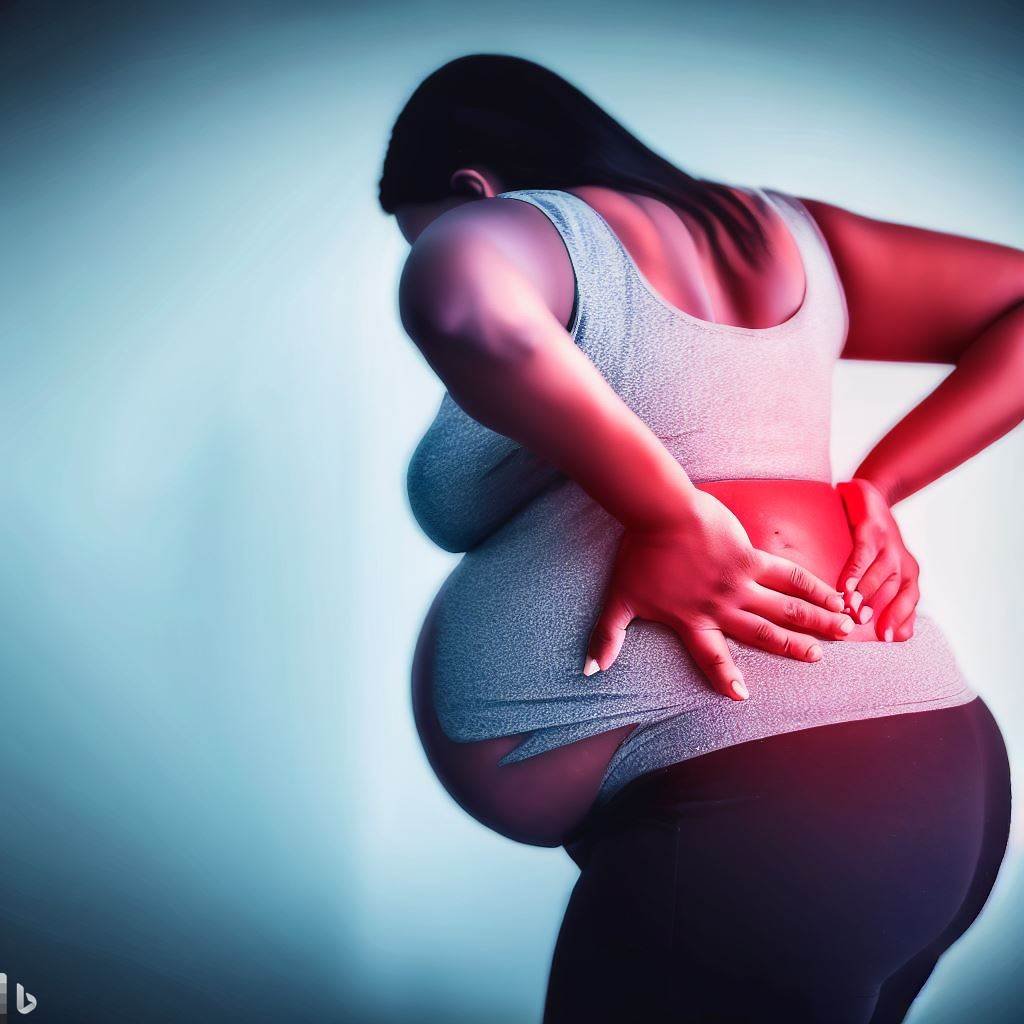PAIN – An unpleasant sensory and emotional experience associated with, resembling, that is associated with actual or potential tissue damage.
Six keynotes
- Pain is always a personal experience that is influenced to varying degrees by biological, psychological, and social factors.
- Pain and nociception are different phenomena. Pain cannot be inferred solely from activity in sensory neurons.
- Through their life experiences, individuals learn the concept of pain.
- A person’s report of an experience as pain should be respected.
- Although pain usually serves an adaptive role, it may have adverse effects on function and social and psychological well-being.
- Verbal description is only one of several behaviors to express pain; the inability to communicate does not negate the possibility that a human or a nonhuman animal experiences pain.
What is the difference between acute and chronic pain?
Acute and chronic pain are distinct types of pain that differ in onset, duration, and underlying causes. Acute pain typically appears suddenly and is often triggered by a specific event or condition. It is characterized by its sharp and intense quality, serving as a warning sign or protective mechanism for the body. Acute pain is generally short-lived, lasting for a duration of less than six months. It gradually diminishes as the underlying cause or injury heals or resolves. Common causes of acute pain include surgical procedures, fractures, dental work, burns, cuts, and the physical strains associated with labor and childbirth.
On the other hand, chronic pain is characterized by its persistence, lasting for an extended period of time, usually exceeding six months. It can persist even after the initial injury or illness has healed or disappeared. Unlike acute pain, which serves a temporary purpose, chronic pain continues long after its usefulness has passed. In cases of chronic pain, the nervous system continues to transmit pain signals for weeks, months, or even years, leading to a prolonged state of discomfort and suffering.
One notable aspect of chronic pain is that it can exist without any apparent injury or evident physical damage. Some individuals experience chronic pain despite the absence of a past injury, making it a complex and challenging condition to diagnose and treat. Chronic pain is often linked to various underlying medical conditions, including headaches, arthritis, cancer, nerve pain, back pain, and fibromyalgia. These conditions can cause ongoing pain that affects the physical, emotional, and psychological well-being of individuals.
When dealing with acute or chronic pain, seeking medical attention and consulting with a healthcare provider is crucial. Your healthcare provider will work closely with you to identify the underlying cause of your pain and develop a personalized treatment plan. The goal is to find safe and effective pain relief methods that address each individual’s specific needs and circumstances.
In conclusion, acute pain and chronic pain are distinct types of pain that differ in terms of onset, duration, and underlying causes. Acute pain is sudden, sharp, and short-lived, while chronic pain persists for an extended period, often beyond six months. Understanding the differences between these two types of pain can help healthcare providers and individuals develop appropriate strategies for pain management and improve the overall quality of life.
Reference:
1.International Association for the Study of Pain
Read More: Pain – What is it? – 6 keynotes




Comments (2)